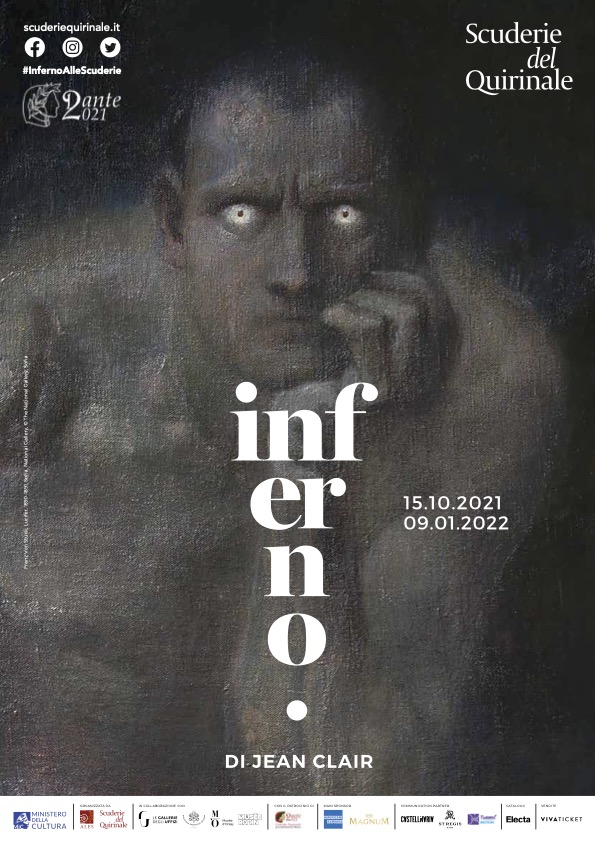Dante’s Inferno. The Illustrated Canon
The illuminated books of the 14th and 15th centuries played a crucial role in turning Dante’s fantasies and inventions – especially those regarding hell – into visual reality. However, the earliest illustrators were faced with the daunting task of transforming into images a text that had completely refashioned the existing iconography of the underworld. They found themselves dealing with substantial difficulties linked to the unprecedented novelty of this account of a descent into the world of the dead that also presented itself as a description of a real vision and as a symbolic prophetic text.
It was not until the early 16th century that Sandro Botticelli established the first iconographic canon for Dante’s vision, thanks also to studies seeking to reconstruct the infernal topography on a mathematical and scientific basis.
Almost a century later, Federico Zuccari and Giovanni Stradano embarked upon two independent yet almost contemporary projects. Rooted in the Tuscan-Roman academic culture of the late 16th-century, rather than merely accompanying Dante’s text with illustrations, these endeavours represented the first systematic attempts to transpose the entire account of Dante’s otherworldly journey into images. These collections of drawings mark the start of the division of the poem into “primary story arcs” regarding the various stages of Dante’s journey and “secondary story arcs” regarding the earthly experiences of the characters whom he encounters or whose lives are evoked during the course of his travels; the latter would be fundamental for the future success of the iconic figures of the Inferno like Francesca da Rimini, Farinata degli Uberti or Count Ugolino della Gherardesca.
For most of the 1600s, the illustrated Comedy was slightly neglected, although not entirely forgotten, by the editorial world. By the end of the 17th century, however, its fortunes recovered with the publication of several fine editions, first and foremost, one based on the drawings created by John Flaxman (1793) during his long Italian sojourn, which was a canonical example of the return to a neoclassical linear purism with echoes of Botticelli.
William Blake’s ambitious project on Dante, comprising around a hundred plates, most of which on the Inferno, would remain unfinished. Towards the end of his life, Blake focused all of his creative powers on his figurative interpretation of Dante, evoking iconographies with a stunning visionary impact – for the Inferno in particular – that would be fundamental for later symbolist interpretations.
In the second half of the 19th century, for the first time ever, readers lacking the expertise to deal with the poem’s theological and doctrinal complexity were able to approach the work directly, supported in their comprehension by Gustave Doré’s celebrated illustrated editions. His drawings were distinguished by stunning dramatic effects, creating a repertoire of images particularly suited to the Inferno with their depiction of its violent scenes, atrocious characters, and the suffering of the damned in a setting of gloomy, surreal landscapes.



